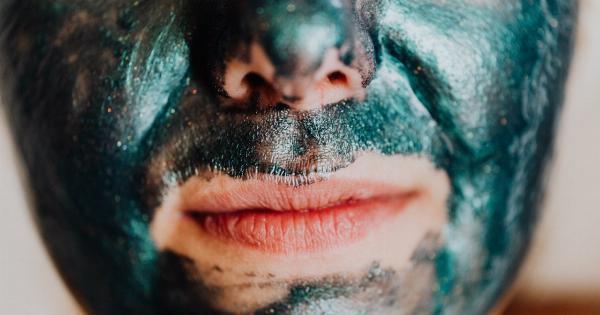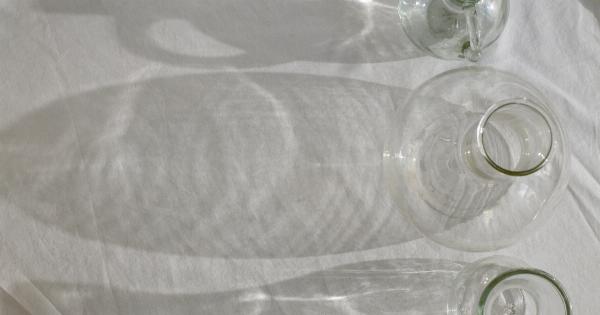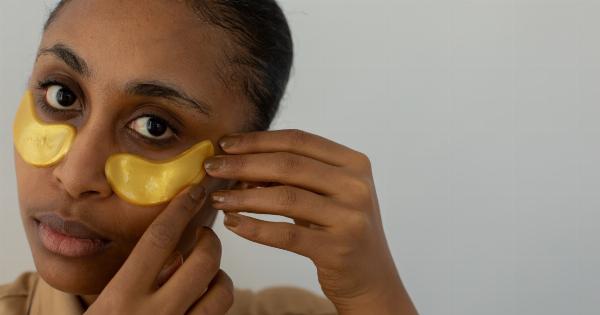Have you ever wondered why some people have folds of skin in certain areas of their body? What exactly causes these mysterious skin folds? In this article, we will explore the science behind skin folds and the processes that lead to their formation.
What are Skin Folds?
Skin folds, also known as skinfolds or skinfolds, are areas of the body where the skin overlaps or bunches up. These folds can be found in various parts of the body, such as the neck, underarms, abdomen, and groin.
Skin folds are a natural occurrence and can be present in individuals of all shapes and sizes.
Factors Influencing Skin Fold Formation
There are several factors that contribute to the formation of skin folds in the human body. Let’s take a closer look at some of these factors:.
Body Fat Percentage
One of the main determinants of skin fold formation is the body fat percentage. Higher levels of body fat can lead to increased skin folds, as fat tends to accumulate in certain areas.
This is why individuals with obesity often have more pronounced skin folds.
Elasticity of the Skin
The elasticity of the skin also plays a role in the development of skin folds. Skin that lacks elasticity is more likely to sag and form folds. Ageing is a major factor that affects skin elasticity, as the skin loses collagen and elastin over time.
Muscle Development
The development and condition of muscles beneath the skin can influence the appearance of skin folds. Well-toned muscles can provide support to the skin, reducing the chances of excessive folding.
On the other hand, weak or underdeveloped muscles may contribute to the formation of skin folds.
Genetics and Body Structure
Certain genetic factors and body structures can predispose individuals to have more prominent skin folds. For example, individuals with naturally looser or thicker skin may be more prone to skin fold formation.
These genetic variations can also determine the specific areas where skin folds are likely to occur.
Medical Conditions
Some medical conditions can lead to the development of skin folds. For instance, conditions such as lymphedema, Edema, and lipodystrophy can cause excess fluid retention or fat accumulation, resulting in the formation of skin folds.
The Role of Hormones
Hormones also play a significant role in skin fold formation. Hormonal imbalances, such as those observed during pregnancy or menopause, can affect the distribution of fat in the body, leading to the formation of skin folds in specific areas.
Preventing and Managing Skin Folds
While skin folds are a natural occurrence, some measures can be taken to prevent or manage them:.
Eating a Balanced Diet
A well-balanced diet can help maintain a healthy body weight and minimize the accumulation of excess fat, reducing the likelihood of skin fold formation.
Regular Exercise
Regular physical activity helps in building and toning muscles, which can provide better support to the skin and prevent excessive folding.
Proper Skin Care
Keeping the skin clean, moisturized, and protected can help maintain its elasticity and reduce the appearance of skin folds.
Seeking Medical Advice
If you notice sudden or excessive skin fold formation without any apparent cause, it is advisable to consult a medical professional. They can help identify any underlying medical conditions and provide appropriate treatment.
Embracing Body Positivity
It is essential to embrace body positivity and remember that skin folds are a natural part of the human body. Everyone’s body is unique, and skin folds should not be a source of shame or insecurity.
Conclusion
Skin folds are a natural phenomenon influenced by various factors such as body fat percentage, skin elasticity, muscle development, genetics, medical conditions, and hormones.
While some measures can be taken to prevent or manage skin folds, it is crucial to accept and embrace these natural features of the body.































